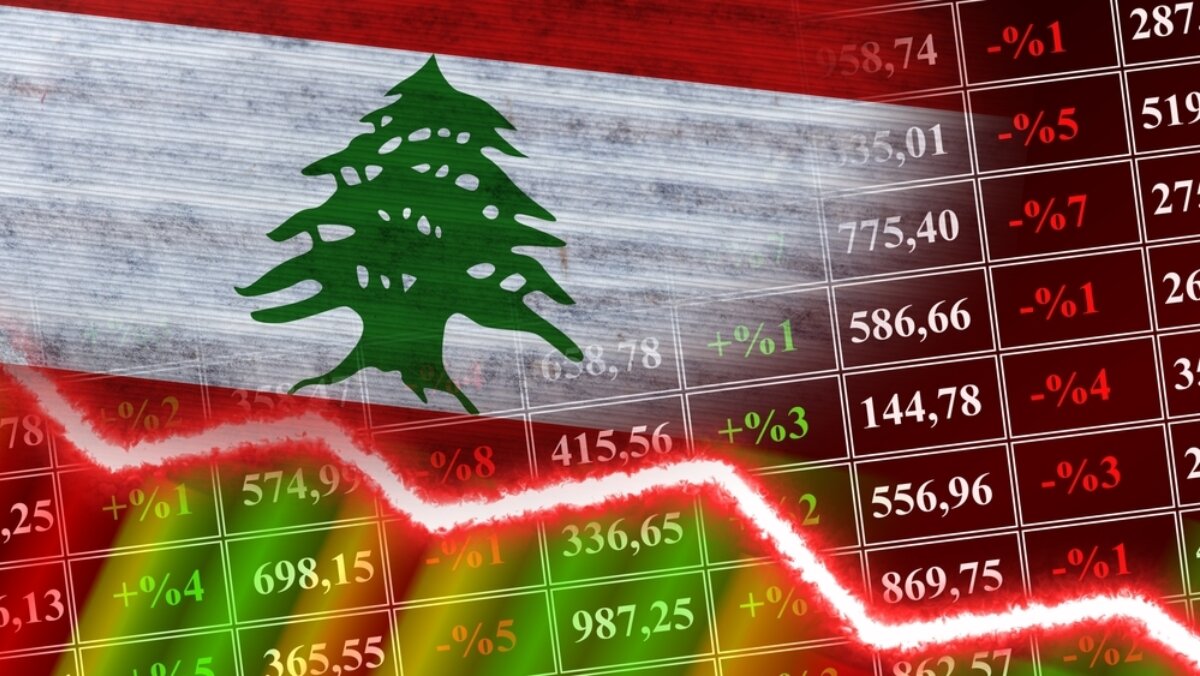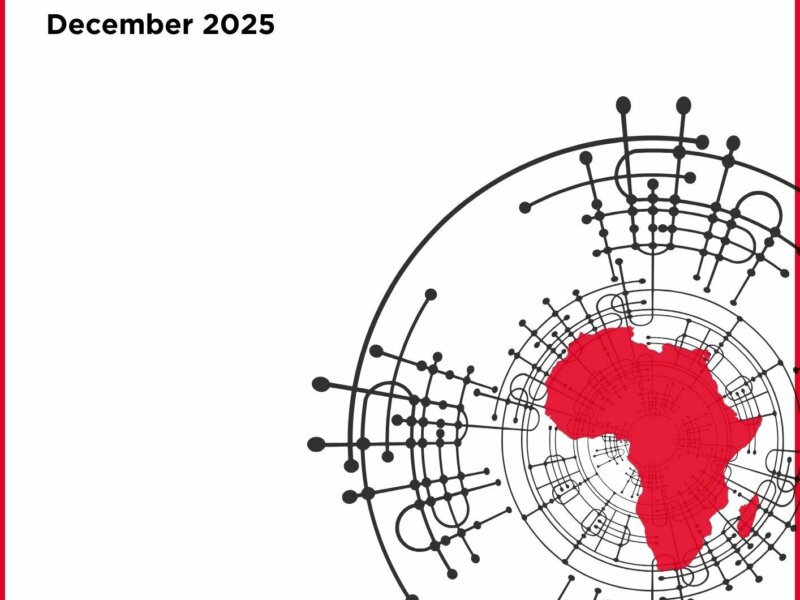The Lebanese banking crisis
The financial crisis in Lebanon and the future of the Lebanese economy. An analysis by Gaja Pellegrini-Bettoli

If you walk by a bank branch in Beirut these days, or elsewhere in Lebanon, there is a high chance its facade will be covered with metal sheets to prevent attacks and acts of vandalism. In recent weeks, Lebanese account holders-who have been effectively locked out of their own US dollar accounts since October 2019 - desperate to access their funds, held up banks, in some cases with toy guns and in other incidents with real rifles. Lebanon’s raging economic crisis which exploded in 2019, is comparable for its historically devastating and unprecedented effects, to the magnitude of the Beirut port blast of 2020 (the largest non-nuclear explosion in history). According to the World Bank Lebanon Economic Monitor (LEM), the country’s crisis is likely to rank in the top ten, possibly top three, most severe episodes globally since the mid-nineteenth century. The crisis has brought the country to its knees, with three quarters of Lebanese today living in poverty and with the Lebanese pound having lost more than 95% of its value. While analyzing the causes that led to the current situation is necessary, this article will focus on the best course of action to bring the country out of the crisis (IMF bailout or ‘final deal’ as Lebanese politicians often refer to it); the challenges and obstacles preventing economic reform; and the most recent political and economic updates and their implications.
Paraphrasing Lebanese-American writer Gibran Khalil Gibran, to understand the heart and mind of a [person] country, look not at what it has achieved, but at what it aspires to.
The current situation
Since the crisis began in 2019 the Lebanese GDP has dropped from approximately 55 billion dollars in 2018, to 20.5 billion in 2021. Life for most Lebanese today has become a daily struggle. What this means in Lebanon is that people’s utilities are also affected, with frequent and rampant power cuts. Thousands have lost their jobs. What is preventing society from an apocalyptic scenario are foreign remittances that are still pouring into the country, coming from family living and working abroad. Remittance levels are estimated to be around 7-10 billion dollars this year. On average this translates to 600-900 dollars per month per family. However, while remittances - in the absence of true economic and political reform - have provided a lifeline to people, some argue that they have also made people more complacent (and therefore more ‘manageable’). Although, given the number of hold-ups and protests, it would appear that the time for complacency has almost ran out (together with bank account holders’ savings).
It is important to note that Lebanese living in the country who belong to the middle class were approximately 13% before the crisis, with about 0.3% of the population instead falling into the category of millionaires.
What caused the crisis
Seen from the glitzy rooftops in Beirut - removed from everyday reality -, Lebanon’s true state of financial affairs is, even today, difficult to fully comprehend and grasp. Or perhaps, even worse, to those on the rooftops who had the power to change things, it did not matter as they felt it would not affect them directly. Although today, the definition of rich in Lebanon has changed: it is not about having money in the bank account but rather having wasta (Arabic slang for ‘connections/who you know’) to access it.
Lebanon’s economy has historically relied on dollar inflows, coming from abroad, to finance imports and public spending, which also allowed to maintain the pound pegged to the dollar since 1997. The liquidity deposited in Lebanese banks was either deposited at the Central Bank or used to purchase Lebanese debt instruments. Approximately 70% of bank assets are tied to the sovereign in one of these two forms. It was more profitable for investors to put money in the bank, due to high interest rates in return, than to actually re-invest in the country. Once dollar inflows went dry, with banking assets tied to long-term deposits at the Central bank and illiquid debt instruments, banks could no longer meet their dollar obligations to clients. At that point to avoid bank runs, in late 2019, commercial banks implemented informal capital controls on Lebanese bank account holders, to prevent the outflow of foreign currency, barring virtually all overseas transfers.
Of course this economic scenario needs to be seen in the context of a very complex, short-sighted and corrupt political class which has failed to take any action to prevent or properly address the current state of affairs.
A new exchange rate and state budget
On September 28, Lebanese Caretaker Finance Minister, Youssef Khalil, announced the country’s official exchange rate - pegged to the US dollar since 1997 at 1,507 Lebanese pounds - would shift to 15,000 pounds per dollar, starting 1, November 2022. This represents a step toward unifying the multiple exchange rates which currently co-exist in the country. Since July 2022, Lebanon has used different exchange rates: the official pegged rate, the actual market rate, the Central Bank’s “Sayrafa” rate, and the rate used by money transfer businesses to convert incoming remittances.
However, the current black market rate stands at 38,000 pounds per dollar. As mentioned by the Minister of Economy, Amin Salam, who participated at the IMF’s delegation visit to Beirut which took place between 19-21 September, part of the talks focused on the unification of the value of the Lebanese pound against the US dollar. This measure will come with repercussions at economic and judicial level.
Some experts point out that while it may help increase treasury revenues it will also cause the parallel market rate to soar, thereby leading to additional printing of Lebanese pound banknotes and an increased inflation. This will likely effect the cost of goods and transactions overall, as well as levies, taxes and the repayment of loans contracted in dollars. For financial and economic expert, Bilal Alameh, however “this is a first step that may be necessary toward floating the exchange rate” on condition of well-thought-out measures following.
The Ministry of Finance explained that the shift will take place in two steps: firstly in terms of the customs dollar and secondly at level of the official rate to be adopted in coordination with the Banque du Liban (BDL), Lebanon’s Central Bank. However, as some critics have noted, the Ministry of Finance later tied the exchange rate change to the approval of a financial recovery plan, which is currently being discussed in Parliament. More importantly, those in the know, point out to the fact this may be a sign of the government’s retreat as the recovery plan which needs to account for a 72 billion hole in the national finances, has been disputed since 2019.
Prior to the communication of the exchange rate change, on 26 September, the Lebanese Parliament passed the nine-month overdue state budget, based on the new exchange rate.
IMF bailout unlocked upon condition of Lebanese system structural reforms
The Lebanese government entered into talks with the IMF already in May 2020, reaching a staff agreement last 7 April 2022. What emerged from it is that Lebanese authorities were supposed to increase revenues and fund the crippled public sector, permitting increased social spending by calculating customs taxes at a unified exchange rate.
What is preventing an IMF 4 billion bailout is Lebanon’s slow progress in implementing the required reforms needed to unlock the relief. Last 21 September, Lebanon agreed together with the IMF on a list of ten reforms which would significantly ease its state of financial crisis. These reforms would include, among others, the restructuring of Lebanon’s banking system and banking secrecy laws, passing a budget and a capital controls law. The caretaker Minister of Economy and Trade, Salam, in a recent article stated “We are hoping October will be the magical month” for “political will” to bring about the reforms needed to unlock the urgently needed bailout. However, at least until now, political will is precisely what is lacking on the part of the Lebanese political class and government. The deal would provide the country with approximately 4 billion dollars and unlock billions more from other institutions and governments. Lebanese BDL governor since 1993, Riad Salameh, estimates that the country would need at least 12 billion to revitalize the economy.
As bank hold ups continue, it appears that the Lebanese political class is still unable to meet the aspirations of its people.



